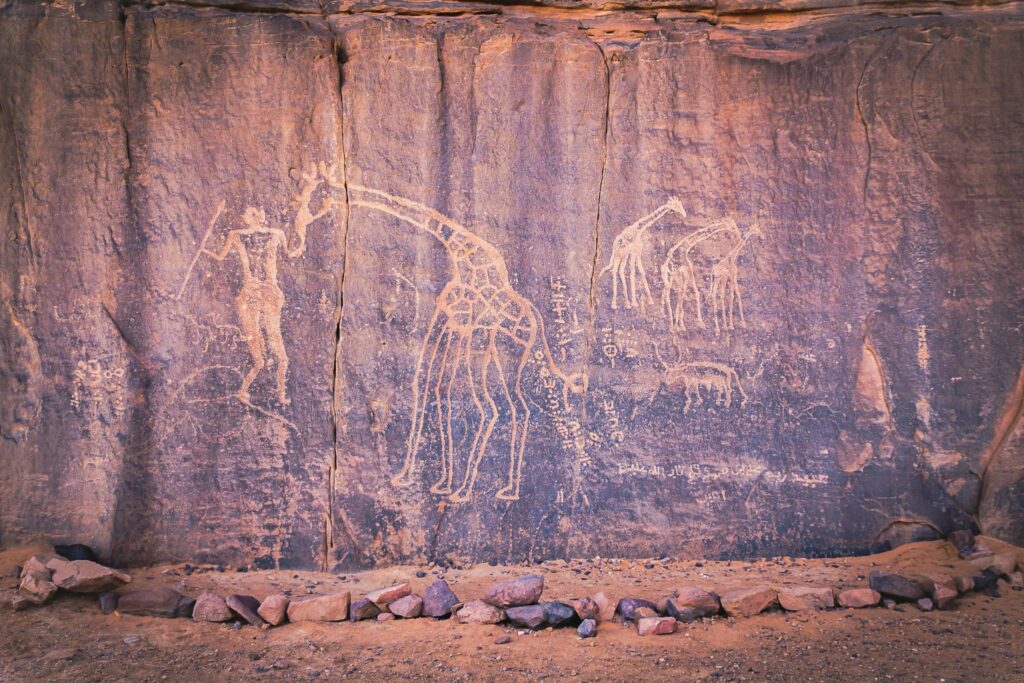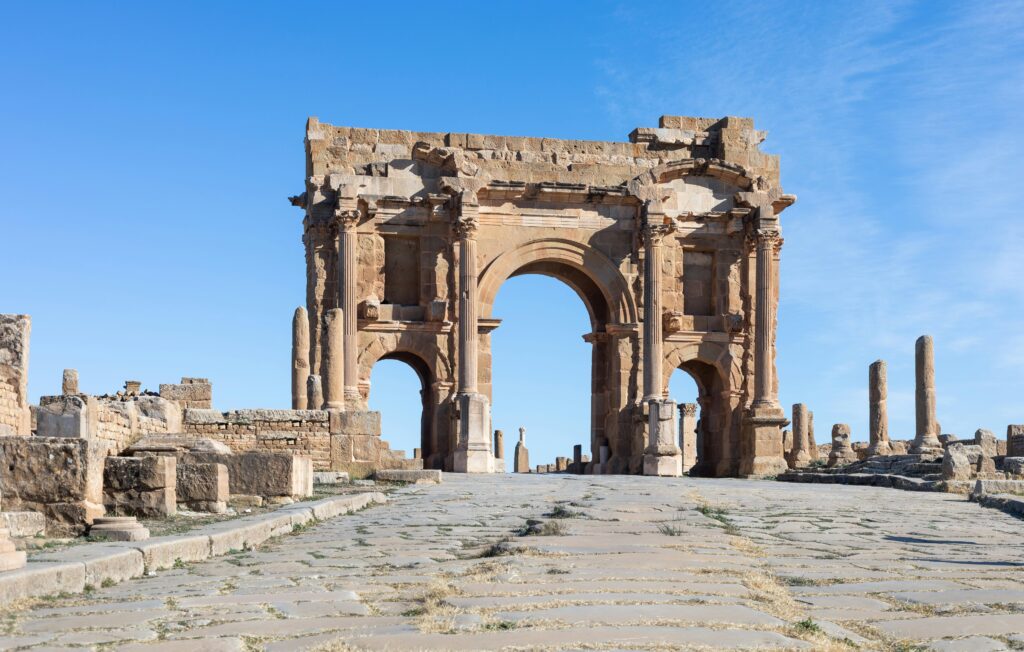The Story of Algerian Tableware
Algerian tableware carries a rich history that reflects the country’s diverse cultural influences. From ancient civilizations to modern artisans, the art of pottery-making in Algeria has evolved over centuries.
Ancient Roots:

Long ago, Algerian pottery started with ancient civilizations such as the Phoenicians, Romans and Byzantine. These early craftsmen made pottery for everyday needs and special occasions, adding fancy designs and bright colors to make them stand out.
Berber Traditions

For thousands of years, the Berber people, native to North Africa, have woven a captivating tale of pottery-making prowess. Their artistry, passed down through generations, is a testament to their deep-rooted connection to the land and their vibrant cultural identity.
Berber pottery stands as a masterpiece of craftsmanship, renowned for its mesmerizing geometric patterns, vivid hues, and intricate symbolic motifs. Each piece tells a story, echoing the tribe’s rich history and spiritual connection with the natural world.
Islamic Influence

During the Islamic Golden Age, Algeria became a center for ceramic production, with artisans drawing inspiration from Islamic art and architecture. Intricate tile work, intricate calligraphy, and arabesque designs adorned pottery, creating exquisite pieces that were both functional and decorative.
Colonial Era:

The colonial period brought new techniques and materials to Algerian pottery production. European influences introduced new glazing methods, while European demand fuelled the growth of the pottery industry.
Modern Revival

In recent years, there has been a resurgence of interest in traditional Algerian tableware, driven by a desire to preserve cultural heritage and support local artisans. Today, Algerian pottery workshops continue to thrive, producing a wide range of tableware items that blend traditional techniques with contemporary designs.
Preserving Heritage and Traditions
Efforts are underway to safeguard Algeria’s pottery-making traditions for future generations. Organizations such as the National Office of Handicrafts (ONA) support artisans through training programs, marketing initiatives, and cultural preservation efforts, ensuring that the art of Algerian tableware continues to flourish.
Algerian tableware is more than just functional objects – it is a testament to the country’s rich history, cultural diversity, and artistic heritage. From ancient civilizations to modern-day artisans, the tradition of pottery-making in Algeria remains a vibrant and integral part of the nation’s identity.

